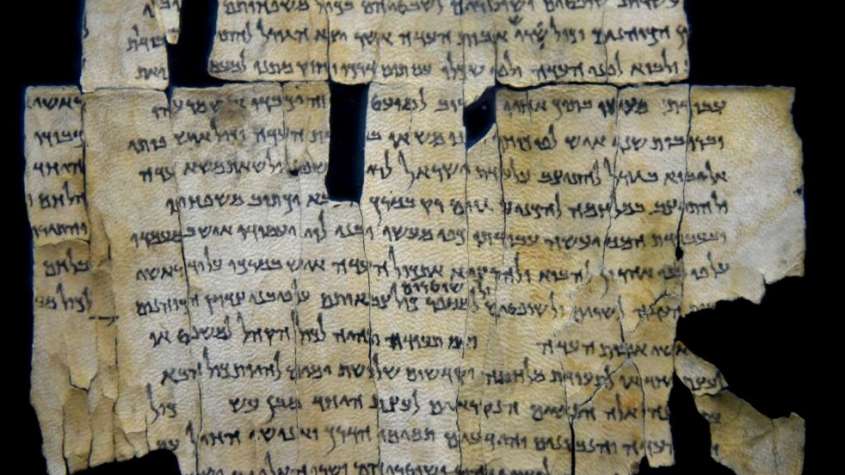New technology reveals Dead Sea Scrolls are older than previously assumed
GRONINGEN, Netherlands — An international research team from the University of Groningen in the Netherlands has discovered that many of the Dead Sea Scrolls, containing ancient Jewish religious texts, written in Hebrew and Aramaic, are older than previously assumed. This discovery was made using an Artificial Intelligence model called ”Enoch”, the first fully machine learning-based AI model that analyzes raw images of handwritten texts to predict their age.
The team, led by Professor Mladen Popović from the University of Groningen, combined radiocarbon dating, paleography (the study of ancient handwriting) and the AI model to establish a more precise timeline for these manuscripts. Until now, dating of the scrolls was mainly done via paleography.
This revised chronology has major implications for understanding the political and intellectual developments in the Eastern Mediterranean during the Hellenistic and early Roman periods (late fourth century BC to second century AD. It provides new insights into literacy in ancient Judea and its connection to historical, political and cultural changes.
The study also confirms that the ”Daniel and Ketuvim” scrolls are among the earliest known biblical manuscripts, dating back to the 2nd-3rd centuries BC. The findings now allow researchers to examine firsthand evidence of how the Hebrew Bible was written and preserved.
The Dead Sea Scrolls
The Dead Sea Scrolls are the earliest known biblical manuscripts in Hebrew (with some written in Aramaic). The Dead Sea Scrolls were found at Qumran, then Palestine, and date from the third century B.C. to the first century A.D.
In the late 1950s, Syriac Orthodox metropolitan of Palestine and Trans-Jordan, Athanasius Yeshu’ Samuel, played a role in finding the scroll fragments. He acquired many of the Qumran manuscripts from a Bedouin tribe. In January 1949, amidst turmoil in the Holy Land following the establishment of the state of Israel, the archbishop went to the US to bring the Scrolls to the attention of the world community.
Also Read: A New Judaeo-Syriac Fragment from the Genizah: ENA 3846.2






















